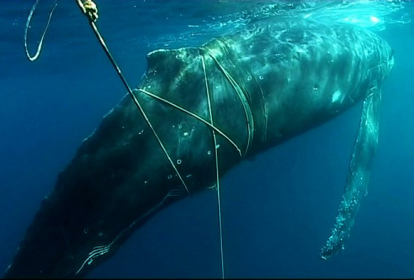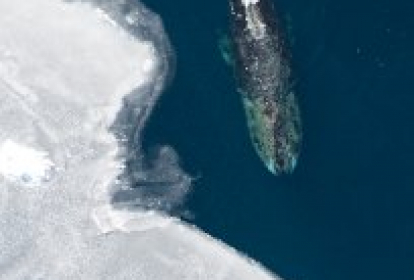A working definition of habitat degradation is ‘processes of human origin that make habitats less suitable or less available to cetaceans’. This is in some ways an attempt to collectively examine the many actual and potential human-induced stressors that a cetacean population may face.
The range of potential stressors is very large and includes factors such as climate change, chemical pollution, noise pollution, pathogens and disease, physical damage to the habitat, tourism, war-related activities and introduced species. These all can affect individuals and potentially whole populations. The challenge is to evaluate these potential stressors both singly and collectively and to determine what comprises ‘healthy habitats’.
The range of lifestyles of cetacean species also make the issue complex; for example some migrate extremely long distances between feeding grounds in high latitudes and breeding grounds in lower latitudes, while others remain in relatively restricted areas. For this reason the concept of ‘critical’ habitat (e.g. breeding areas) has been developed with the focus being on trying to work on areas that appear to be most influential on the health of populations.
The Scientific Committee of the IWC has been working on these stressors, both collectively and individually, for some years. In 2004 the Committee held a workshop in order to develop a framework for addressing habitat degradation. This provided guidance for future work, including the concept of ‘critical’ habitat (e.g. breeding areas) focusing on areas that appear to be most influential on the health of populations.
To read the report of the workshop on Habitat Degradation click here.


